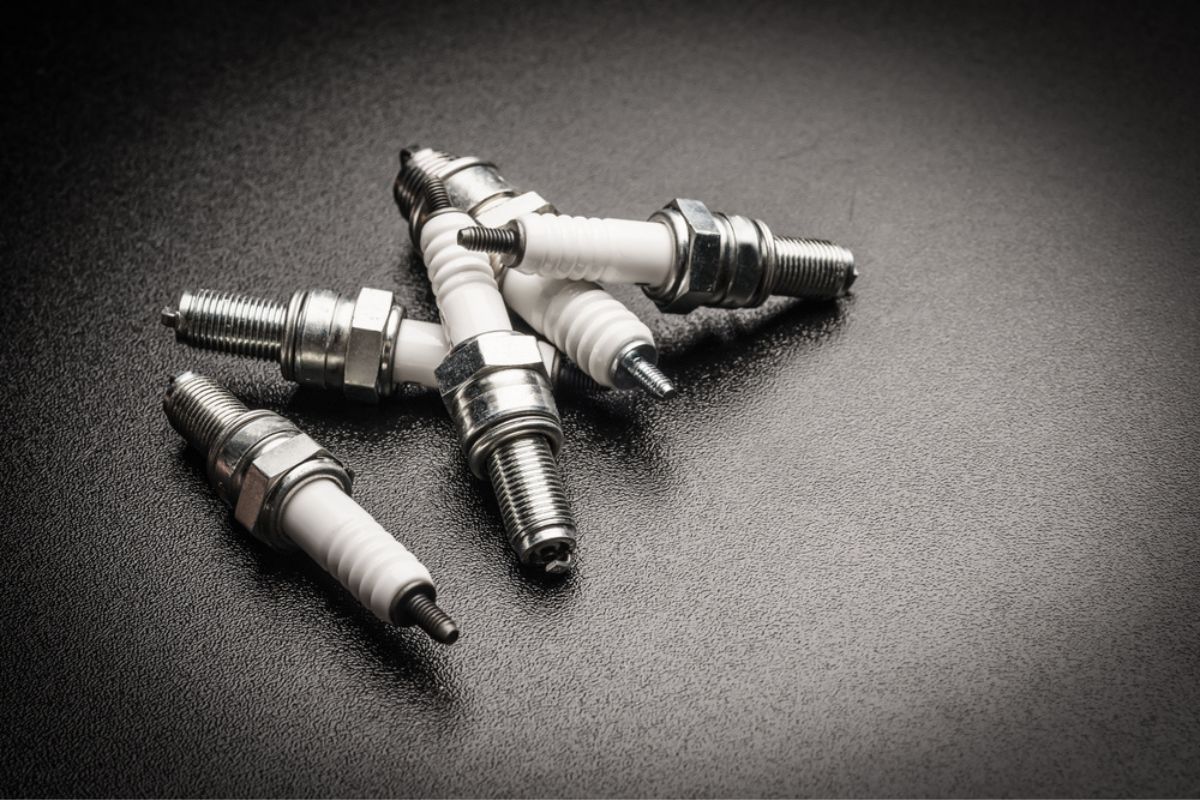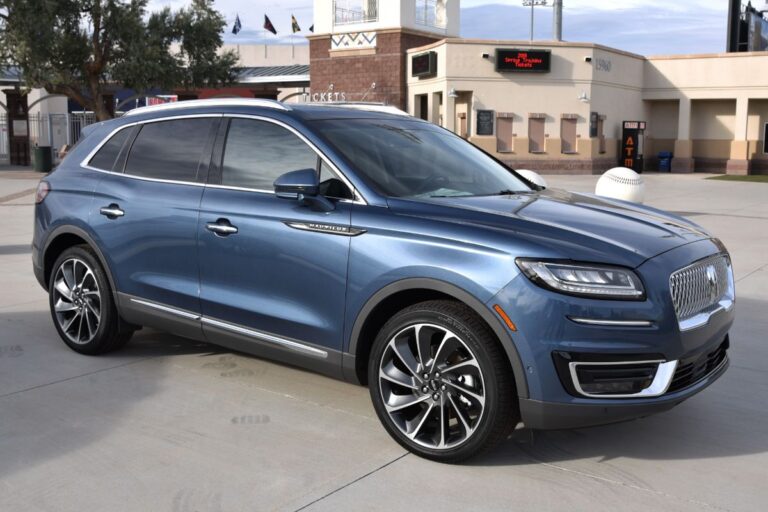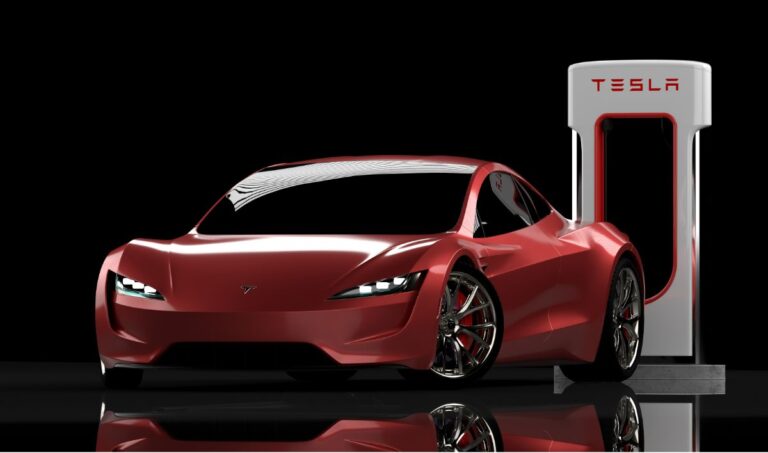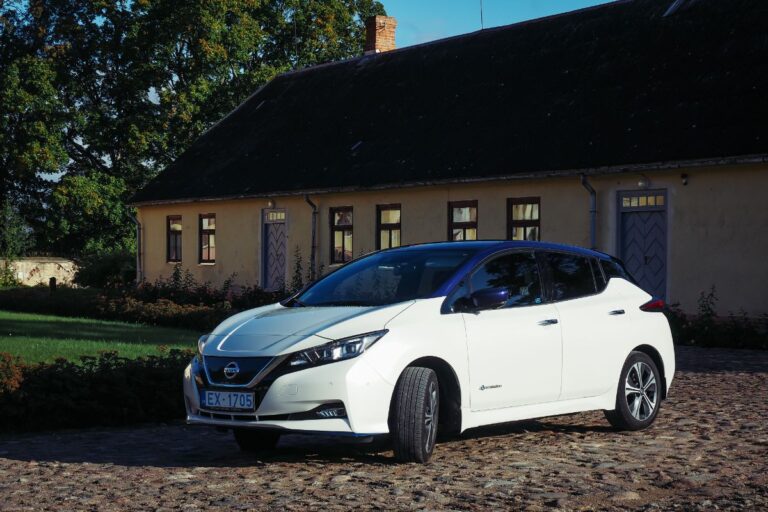
There are three different sizes that relate to spark plugs. However, this is determined by the kind of spark plugs and other factors. Therefore, we have to look at these first. Spark plugs are mainly divided by their thermal degree.
However, in the market, we find a wide variety of spark plugs, which although they seem the same, provide added value depending on the engine that our car is equipped with.
The dimensions
Candle diameters are standardized. There are three possible sizes: 10 mm, 14 mm and 18 mm. The smallest has a small footprint, while the largest offers a significant thermal range. However, the 14mm spark plug is the most commonly used in the majority of cars.
What to remember: it is impossible to use a spark plug with a diameter different from that which is provided for it. The length of a candle is also variable. There is a long base and a short base. There, it is not recommended to use a short-base candle in a housing for a long base.
Indeed, the electrode will be set back from the combustion chamber, which will provide poor ignition of the mixture. Also, avoid using a long base spark plug in a short socket, as the electrode tip may touch the piston at the top of the center.
The thermal index

The thermal index is an important selection criterion for the purchase of a spark plug. It is the ability of the latter to absorb and dissipate the heat coming from the combustion gases. There are two types of candles:
- cold candle: equipped with a shorter insulator nozzle.
- hot candle: with a longer insulating nozzle.
To find out what type of spark plug you need, you must refer to the condition of your old spark plugs by carefully observing their head at the electrode level. It is not covered in soot, its base is brown or slightly gray, and its electrode does not become deformed: keep this type of spark plug. It is suitable for your engine.
It is covered with soot, clogged with carbonaceous deposits, the porcelain is blackened: the candle is too cold and cannot self-clean by pyrolysis. It is therefore necessary to opt for a hot candle.
If the spark plug head is damaged, the surface of the electrode becomes shiny and there is overheating. There may also be self-ignition. It is therefore necessary to choose a cooler candle.
The Classification
There are many ways to classify the different types of spark plugs that exist. Based on their typology. These are some of the most common.
By type of fuel:
Although we assume that spark plugs are typical of gasoline vehicles, the truth is that we can also find them in other engines under the following conditions:
Related: Different Types of Fuel for Cars
Spark plugs for gas: They usually have the highest ignition voltage, since the mixture for combustion in these vehicles is between air and gas, and it is more stable than gasoline. They are nickel-plated to better withstand temperature and prevent gas corrosion from rapidly wearing down the electrodes.
Spark plugs for diesel: They are incandescent or preheating and consist of heat pipes that are in the cylinder head and point to the combustion chamber to heat the air and can exceed 1000ºC so that the self-ignition of diesel engines that do not count with direct injection, take place with ease even in cold.
According to resistance:

Within the glow plugs for separate injection diesel engines, we find them in two classes:
Bare resistance spark plugs: They are the traditional ones and have electrical resistance exposed, similar to those found in gasoline engines.
Protected resistance spark plugs: It is more modern and is covered with a resistant cover filled with magnesium oxide that will allow better heat transmission.
Spark plugs with antiparasitic resistance: Some of the protected spark plugs also have this type of resistance inside, which is responsible for eliminating possible interference in the electrical system.
By material class:
Depending on the material of which they are made, we can obtain better yields:
Copper spark plugs: They are the conventional ones and the ones that conduct electricity better, thus guaranteeing more current flow to the cylinder.
Platinum or iridium spark plugs: They are more expensive but can last up to four times longer than traditional ones (over 100,000 kilometers). Their resistance is due to the fact that they have less conductivity. To compensate for their work, they have a pointed central electrode that optimizes the current jump.
For the screw neck:

When the spark plugs are threaded into the cylinder head, they should be flush with the inside surface of the cylinder head. If there is an excess or missing thread, it will fill with carbon and make it difficult to replace when the time comes. Therefore, depending on the size of the motor head, we can find the following classes:
Conical seat spark plug: They are thinner and do not require gaskets since they seal hermetically when screwed to the cylinder head.
Short Reach Plug: Thread length is shorter. They are only used in engines with thin heads, since the electrodes are so high that the filaments would not reach the combustion chamber well.
Long-range spark plug: They have a long thread and are typical of thick engine heads, otherwise they would enter too much into the combustion chamber, touching the pistons.
By the size of the arc current:
It is the section where the spark runs, jumping from the central electrode to the side. If the erosion of the electrode itself increases the distance, the voltage could be insufficient for the spark to occur.
In multi-electrode plugs, it will always jump to the closest one. If it is sought to obtain a greater current arc, spark plugs with a larger opening are used:
Normal opening spark plugs: They are the simplest. In them, the arc current jumps at a gap of up to 0.035 inches.
Large gap spark plugs: In addition to sufficient clearance, they require high voltage coils in the ignition system so that the arc can reach up to 0.080 inches.
By number of electrodes:

In the market we find spark plugs with between one and four electrodes. The multielectrode offers a more balanced ignition, since they alternate and the energy always flows through the path of least resistance, thus increasing its useful life in a directly proportional way to the number of equipped electrodes.
With or without bridge:
The bridge is an external component that may or may not be attached to the spark plug, especially cold ones. It is a deflector that takes care of deflecting the colder air that enters from the crankcase so that it does not extinguish or cool the spark plug filaments. It also optimizes engine operation at idle.
Conclusion

As you can see, the options are practically unlimited, and technology continues to advance to offer us continuous improvements in these small lighters that are more than a century old. To choose your spark plug, simply choose the one that is similar to the one provided by the manufacturer.
You can also seek advice from a trusted mechanic. This professional is also able to correctly interpret the wear of your spark plug.






